
Ever bitten into a homemade cookie expecting a soft, tender treat, only to get something that crunches or crumbles? It’s a global heartbreak, honestly. For every person who claims they love a crispy cookie, there’s a die-hard chewy cookie fan out there, secretly (or not-so-secretly) judging every hard biscuit that dares to call itself dessert. So let’s untangle the art and science behind soft cookies, because they don’t just happen by luck—they’re baked by design.
Understanding Why Cookies Get Hard or Stay Soft
If you bake, even casually, you’ve probably noticed this: You nail your dough, bake them up, and behold!—soft cookies straight from the oven. But give it a day, or even a few hours, and suddenly you’re gnawing instead of nibbling. Cookie texture isn’t just about what happens inside the oven. It’s chemistry, physics, and a bit of kitchen magic swirling together. Here’s the deal: when cookies first hit those high oven temps, fat melts, sugar dissolves, flour proteins relax, and everything melds into buttery, pillowy perfection. But as they cool and sit, moisture keeps escaping into the air, leaving you with a cookie that’s oddly reminiscent of a coaster.
The type of fat you use dictates a ton here. Cookies made with butter tend to spread more, develop a crisp edge, but can also dry out if the ratio isn’t right. Margarine or shortening, on the other hand, lead to softer, thicker cookies—because they’re higher in water and less likely to evaporate during baking. Moisture’s the name of the game, friends. The more you keep in, the softer your bite.
Sugar choices play a lead role, too. Brown sugar, loaded up with molasses, is basically a wet hug for your cookies. That extra moisture keeps cookies soft—white sugar dries them out faster. And then there’s the flour: cake flour has less protein, which means less gluten forms, so you end up with softer, more tender cookies than you’d get with all-purpose flour. Even the eggs matter! Extra yolk means extra fat and emulsifiers, both of which fight off the dreaded cookie crisp.
Many don’t realize that even the way you measure your flour can sabotage softness. Dip-and-sweep packs in more than you might think, making your dough stiff and eager to dry out. Spoon-and-level, though fussy, is the trick for just-right results. The humidity in your kitchen matters, too. On a rainy day, cookies stay softer because moisture in the air slows the staling process. In the Sahara of your winter-heated living room? Keep an eye out for speedy cookie fossilization.
Science aside, storage can make or break you. Leave your cookies open to the air, even an hour, and watch your texture dreams evaporate. Store them with a slice of bread, though, and you’ll see some real trickery: bread acts as a sacrificial moisture donor, keeping your cookies soft and fluffy while it gives up its own soul. Wild, right?
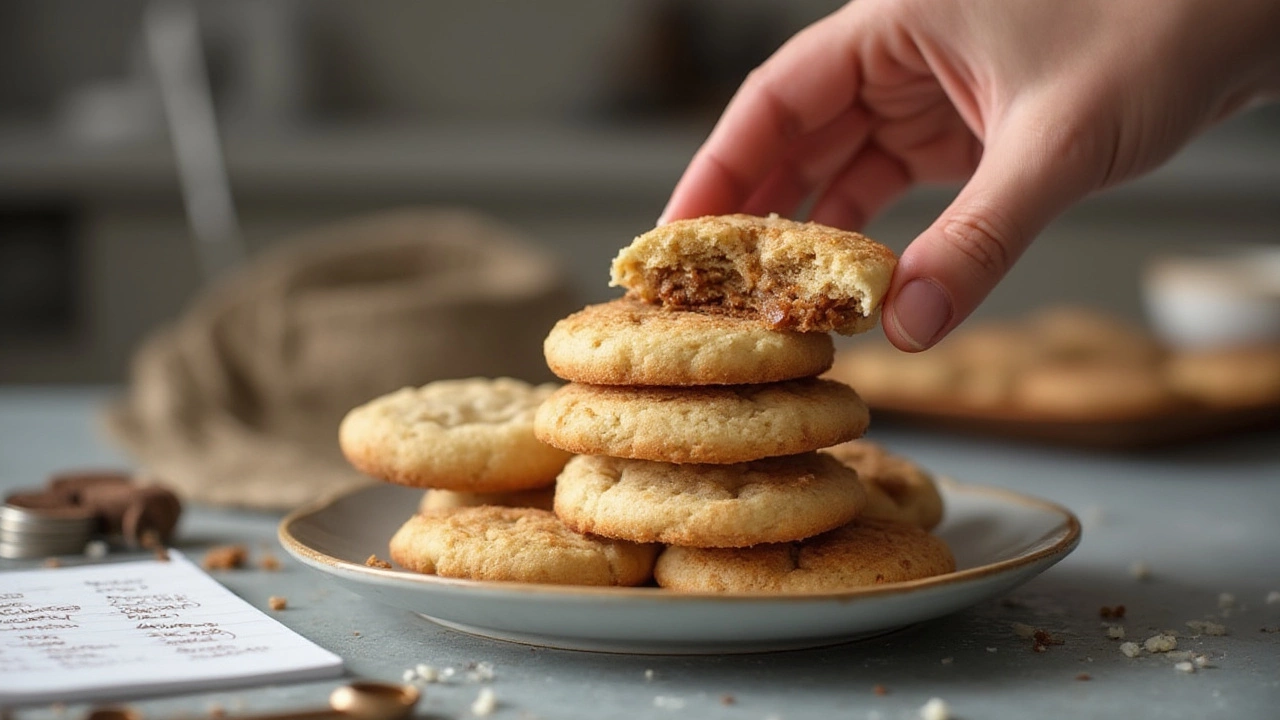
Key Ingredients and Swaps for Achieving Soft Cookies
It’s not just about talent or luck—soft cookies start with smart choices at the ingredient stage. Let’s talk specifics, because every baker needs a few tricks hidden up their (flour-dusted) sleeve. First off, fat: If you want soft cookies, reach for unsalted butter, but don’t be afraid to mix in a bit of room-temp shortening if you’re game. While butter brings signature flavor, shortening’s higher melting point means cookies hold their shape and moisture just a bit longer, making them softer post-bake.
Sugar is next. Bring on the brown sugar! Even a small swap—replace half or more of the granulated sugar in your recipe with brown—will yield a cookie with a richer, deeper flavor and a big boost in softness. Molasses in brown sugar draws water, helping stop your cookies from drying out. If you’re feeling experimental, a smidge of honey or corn syrup can push moistness even further, since these syrups are hygroscopic—basically, they hoard water and won’t let go.
When it comes to flour, consider dialing down your all-purpose flour by a couple tablespoons or mixing in some cake flour—this reduces gluten development and gives cookies a more melt-in-the-mouth finish. Baking powder instead of baking soda can help with softness, since the latter promotes spread and crispness. Powders puff the dough a bit more, making cookies tender and cake-like (think snickerdoodles—always a soft classic).
The magic of eggs is often underestimated. If a recipe calls for one egg, try two yolks instead (or one whole egg plus an extra yolk). Yolks add fat and lecithin, both of which boost softness. On the flip side, the white dries things out, so a yolk-heavy dough tips the texture balance nicely. Yogurt, sour cream, or even a dash of cream cheese also sneak in moisture and tang, keeping cookies plush and pillow-soft. These ingredients aren’t strictly traditional, but they’ve saved many a would-be hockey puck from obscurity.
Texture tweaks aren’t just about what goes in, but how much. Overbaking kills softness, so if your cookies are dark everywhere rather than just browned at the bottom, dial back the oven time next round. Bake until the edges are set, but the centers are still shiny and slightly underdone—they’ll keep baking as they cool. By the time they’re room temp, you’ve got that sweet spot: soft through-and-through.
A fun fact: in professional bakeries, a humidifier is sometimes used near cooling racks to keep cookies from drying out in the ambient air. At home, some bakers cover their hot cookies loosely with foil for a few minutes after baking, trapping steamy air in and making them extra soft. Pro tip—not everyone knows this one, but it works wonders with classic chocolate chip cookie recipes, sugar cookies, and those peanut butter gems with the fork crisscross on top.
Here’s a simple list of swaps and additions that can boost cookie softness:
- Use more brown sugar than white sugar (at least a 2:1 ratio).
- Add an extra egg yolk.
- Substitute a tablespoon of honey or corn syrup for sugar.
- Swap out a few tablespoons of all-purpose flour for cake flour.
- Mix in a small spoonful of yogurt or sour cream.
- Underbake by 1-2 minutes for gooey centers.
- Cream softened butter thoroughly, but don’t overmix after adding flour.
Try one or two of these moves and you’ll taste instant improvement—the kind that has people asking for your secret. Don’t be shy about combining several tricks to really lock in that chewy, cloud-soft bite.

Baking Methods and Storage Secrets for Softest Cookies
Technique can turn a basic dough into the soft cookies of your dreams, and even the right recipe won't stand a chance if your oven or storage routine is off. Let’s break down the must-knows for baking and keeping cookies at their softest. First up: oven temp. Lower heat, around 325°F (163°C), helps cookies bake slower, so moisture stays trapped longer. Many classic recipes call for 350°F (177°C), but shaving off a few degrees can mean the difference between chewy and crunchy. Always preheat your oven thoroughly—uneven heat leads to over-baked edges and dry results.
Now, portioning. Use a cookie scoop or a spoon to keep cookie shapes even, and space them apart so they don’t merge into one big crunchy pan-cake. Once shaped, chill your dough for at least 30 minutes (overnight works, too). Chilled dough spreads less in the oven, which means thicker, softer cookies every time. Plus, it gives the flour’s starch more time to hydrate, locking in moisture for a longer shelf life.
If you’re baking two trays at once, rotate them halfway through—swap racks and turn the pans, since almost all home ovens have hot spots. Lining your baking sheet with parchment or a silicone mat helps, too. It cushions the cookie bottoms, slows browning, and preserves that important middle softness.
Watch the timer! Check your cookies earlier than you think you should. If the edges just start to brown but the middles look slightly wet, pull them. Residual heat finishes the job out of the oven, so don’t wait for a dry center unless you’re deliberately after a crunchy cookie. Once baked, let cookies cool five minutes on the tray to stay soft, then move them gently to a wire rack. If you leave them on the hot tray too long, the undersides keep cooking and firm up too much.
Let’s talk storing cookies, because you fought hard for that perfect softness and it’s a heartbreaker to watch it fade overnight. Airtight containers are your friend. Pop in a fresh slice of white bread or a tortilla—either works—to keep humidity stable. The cookies will absorb the moisture before they go stale, while your sacrificial carb will dry out. If cookies have cooled, but you want to restore softness, a 10-second zap in the microwave wrapped in a damp paper towel does wonders. Stored cookies last soft 3-5 days, but honestly, most don’t make it that long around here.
Planning on freezing? No problem. Store cooled cookies in a single layer with parchment between them, or, even better—freeze portioned balls of cookie dough instead. They’ll bake up fresh and soft any time you crave one (or two, or…y’know). Those dough balls can go straight from freezer to oven—just tack on a minute or two to the bake time.
And yes, even out-of-date soft cookies can get a little refresh by sealing them in a new airtight container with a bread slice overnight. Unless you’re dealing with something rock-hard, you’ll usually wake up to a batch that’s soft enough for one more sweet bite. That’s the quiet power of humidity and a bit of kitchen trickery working for you, long after the oven’s gone cold.



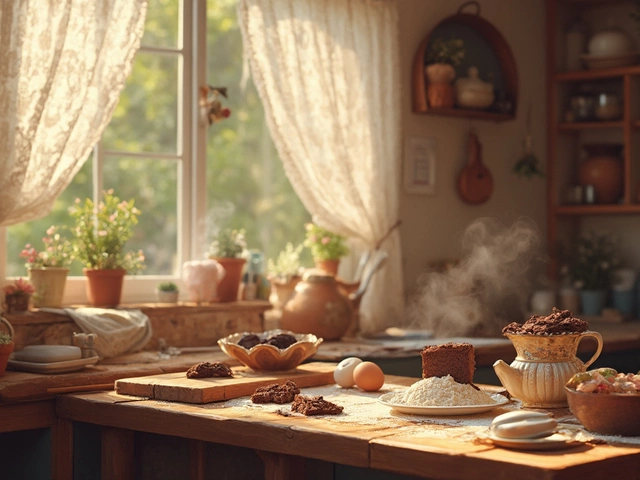
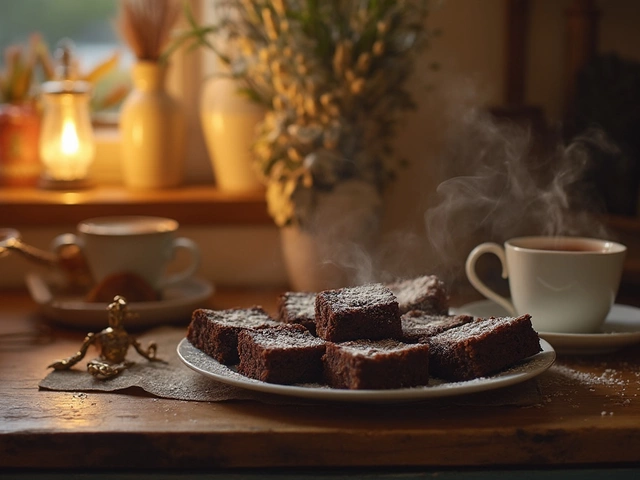

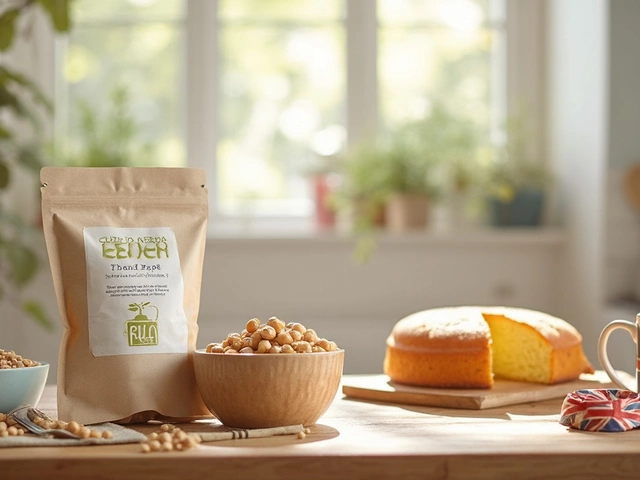

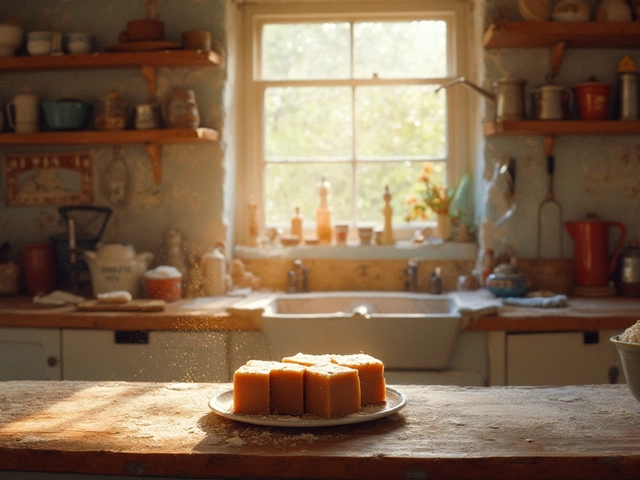

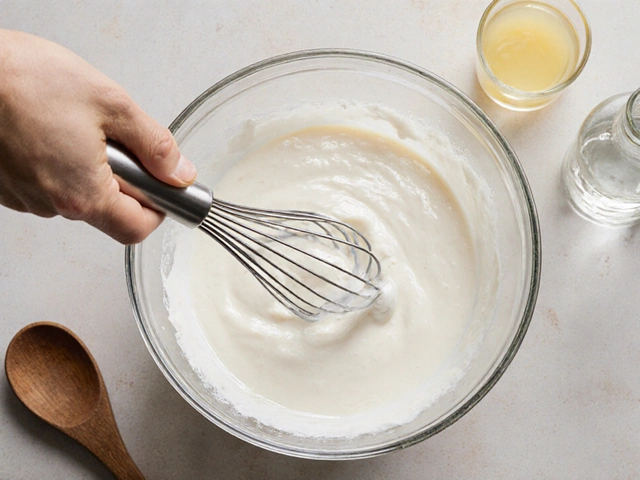
Write a comment